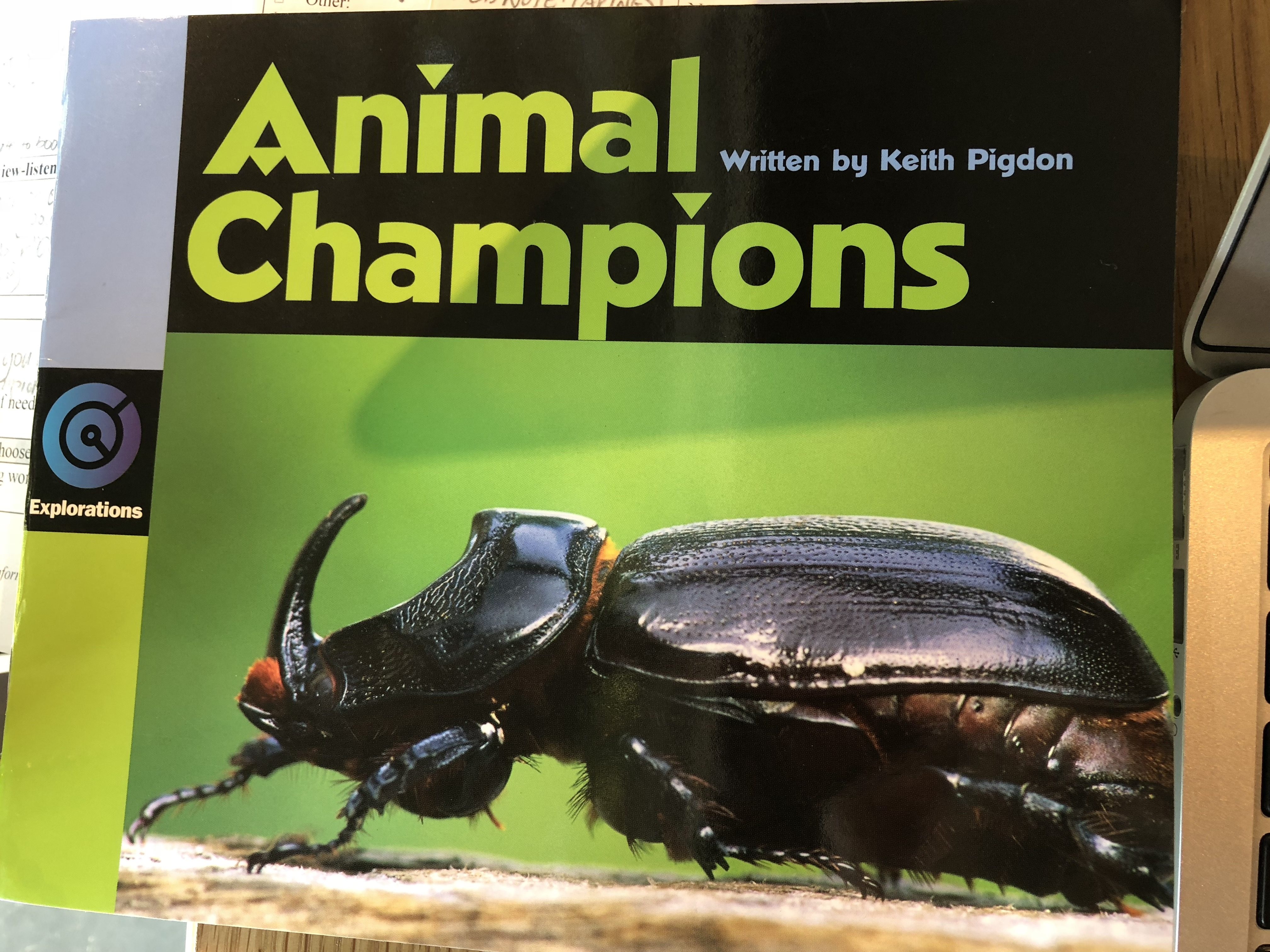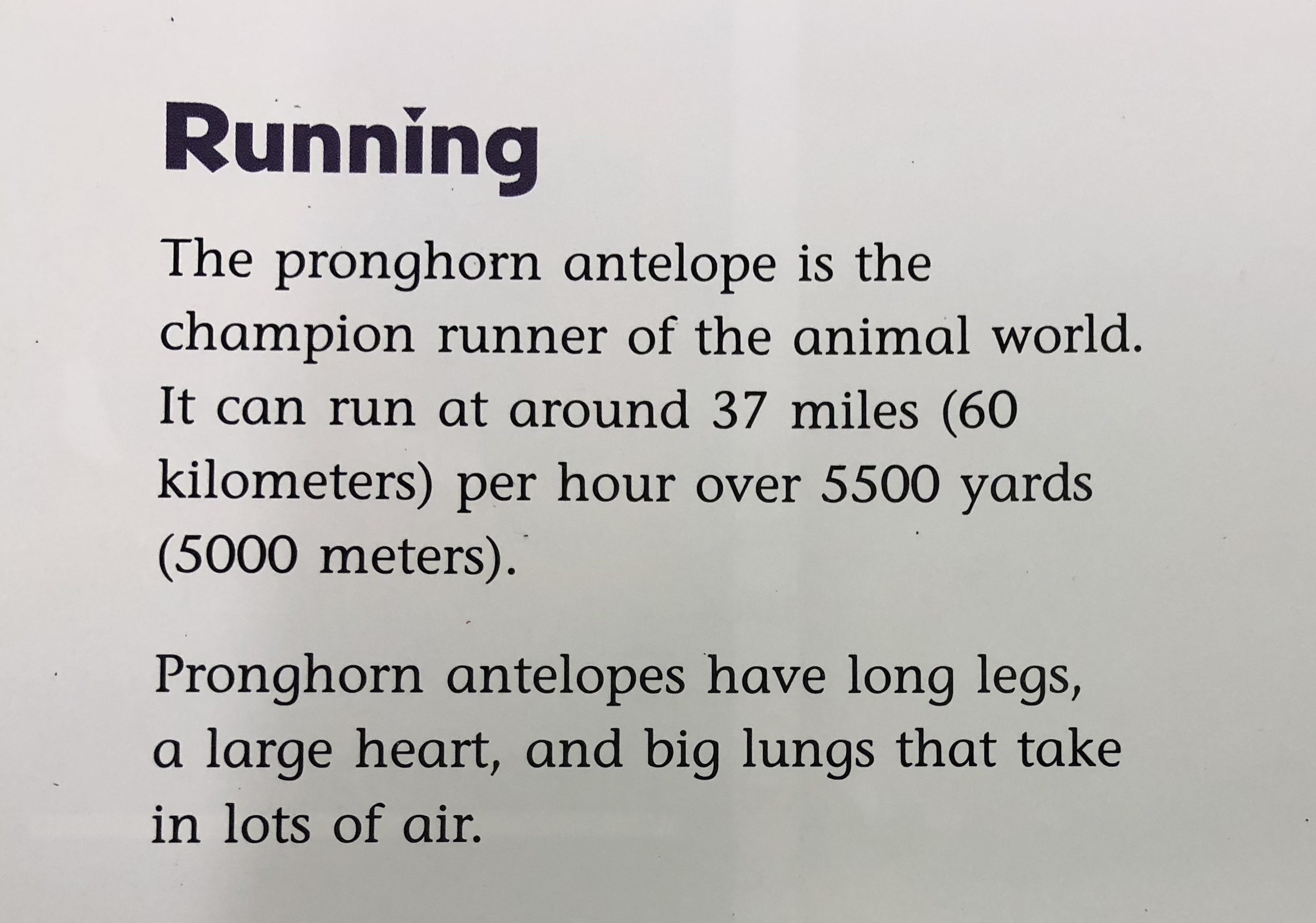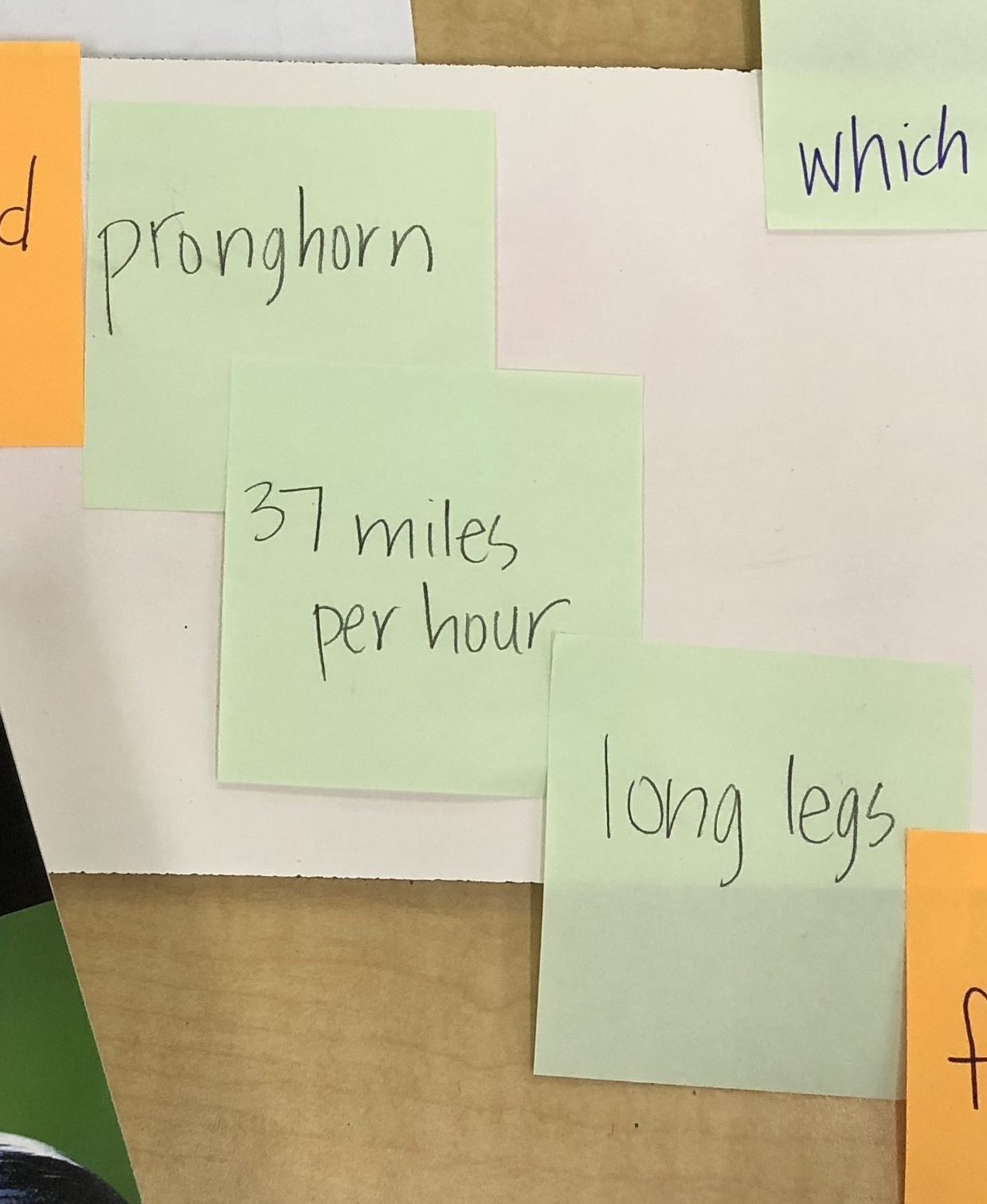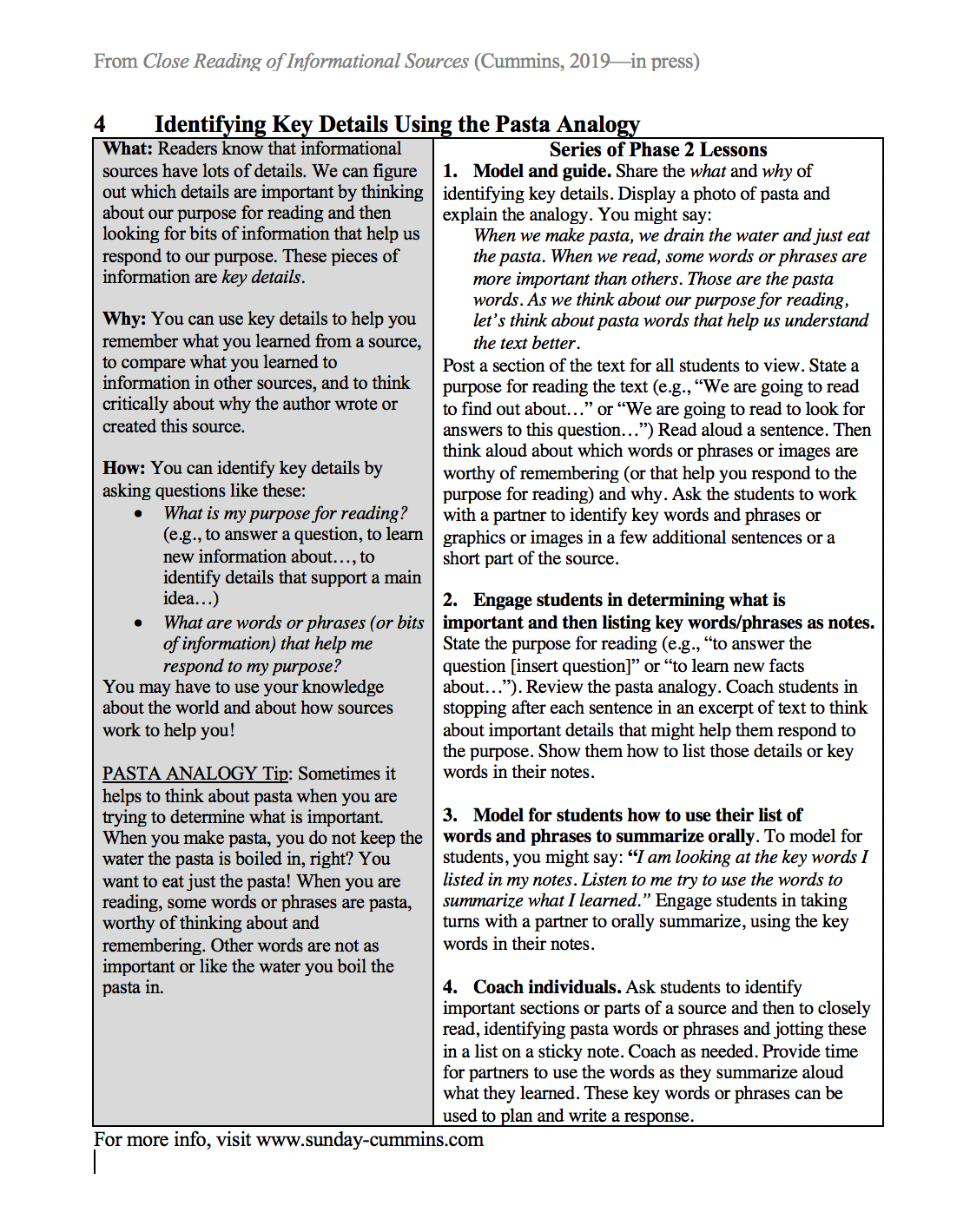
Have you ever asked a reader to tell you about what they learned in a short nonfiction book or article and they do one of the following?
- Give you a few miscellaneous (not related to each other) facts?
- Talk about the last fact they read?
- Share facts you discussed during the preview of the source?
- Talk about a main idea (lions are amazing jumpers) but not about key details that support that idea (mountain lions have slim bodies and powerful legs that help them jump)?
Or does the student do one of the following:
- Talk knowledgeably about one part of the source?
- With thoughts that reveal thinking beyond the text (making inferences or helpful connections or interpreting the text in some way)?
- And even about the text (e.g., analyzing the author’s use of a particular type of detail like a statistic or analogy)?
If you experience the former more than the latter, it may be worth your time to engage the students in close reading and identifying of key details with just a short excerpt of text.
A few weeks ago, I had the honor of working with a group of students reading a book called Animal Champions (Pigdon, Okapi Educational Publishing, 2012). This book is written at about a Fountas and Pinnell level L. I used the THREE PHASE LESSON PLAN FOR LEARNING.
During Phase One, I introduced the book with a short discussion of the word “champion” (the students were given a chance to consider the definition and use the word in a conversation with a partner about a “champion runner in your class.” Then we did a preview and predict (where I asked, “What do you notice?” and “What do you think you’ll be learning about animal champions?”). Next the students read and I conferred with them and then we closed with a discussion and teaching point.

During Phase Two, we did a close reading (to make meaning) of just THREE SENTENCES. During Phase 1, I’d noticed that students were recalling general facts (e.g., “pronghorns are fast runners”) and were not able to share key details and explain those details. The Phase 2 lesson was designed to support this then.
Check out the text excerpt in the image below. There’s A LOT of information in these three sentences.

Depending on the student’s background knowledge, they might do the following learning-thinking as they closely read, talk and write about this SHORT excerpt:
- a pronghorn is a kind of antelope
- a pronghorn is a fast runner
- a pronghorn can run at about 37 miles per hour–which is a little faster than when my family drives to school in the morning
- a pronghorn can run this fast for 5500 yards–which is about 55 football fields in length
- a pronghorn’s long legs must help it run faster–it can take bigger strides
- a pronghorn’s big heart must help it run faster, too–a big heart can pump more oxygen rich blood to your muscles which you need to run fast
- a pronghorn’s large lungs take in a lot of air while it’s running – because they need more oxygen for their muscles
My point is there’s a lot to think through (within the text and beyond the text thinking) in just these three sentences! I haven’t even touched the surface of how they might think “about the text” (e.g., how the author makes the case that the pronghorn’s physical features help it run fast, how the author could make a stronger case that the pronghorn is the champion runner by making comparisons to other animals).
During the close reading, with the small reading group of students, I did not go for understanding all of the points listed above. We spent about twelve minutes thinking together about what we’d learned (that we could share with someone that night at home) and listed the key words (green sticky notes) below.

I started by introducing the pasta analogy and that led into a discussion about our purpose for (this particular) close reading–to identify facts about the pronghorn that we can go home and share with someone. The key words or details are triggers for remembering what we learned in more detail–so we do not write down all of the details we may include when we share with someone (or write about what we learned). For a description of how to do this with your students, I’ve attached a one-page guide (excerpted from the new edition of my book Close Reading of Informational Sources due out next spring).
4Identifying Key Details Using the Pasta Analogy

During Phase 3 (a third 20-minute lesson), we thought about how we’d share what we’d learned with someone at home (“Hey, Mom! Guided Writing”) and added the words “learned” and “fascinating” to our key words (orange sticky notes). We orally rehearsed what we’d say (students practiced with a partner and I coached) and then they wrote.
These students were definitely PUMPED ABOUT THE LEARNING THEY’D DONE and ready to go home and talk with someone about it!
Soooo….consider asking the students to read a source, but then to really dig in and learn about one aspect of the source’s topic in detail. These reading habits-skills may transfer to other texts students read–really slowing down and thinking about what they are learning, identifying (& making sense of) key details to support their understanding, retaining information, AND expanding their understanding of the world around them.
I RECOMMEND CLOSE READING OF SHORT EXCERPTS AT ALL LEVELS OF reading-viewing-listening to informational sources. I’ve done this with 2nd-8th grade students who are not recalling key details or not thinking beyond the text (inferential, interpretive thinking) or even readers who are not slowing down to evaluate the text (about the text thinking). LESS IS MORE.
Hope this helps.
Sunday

